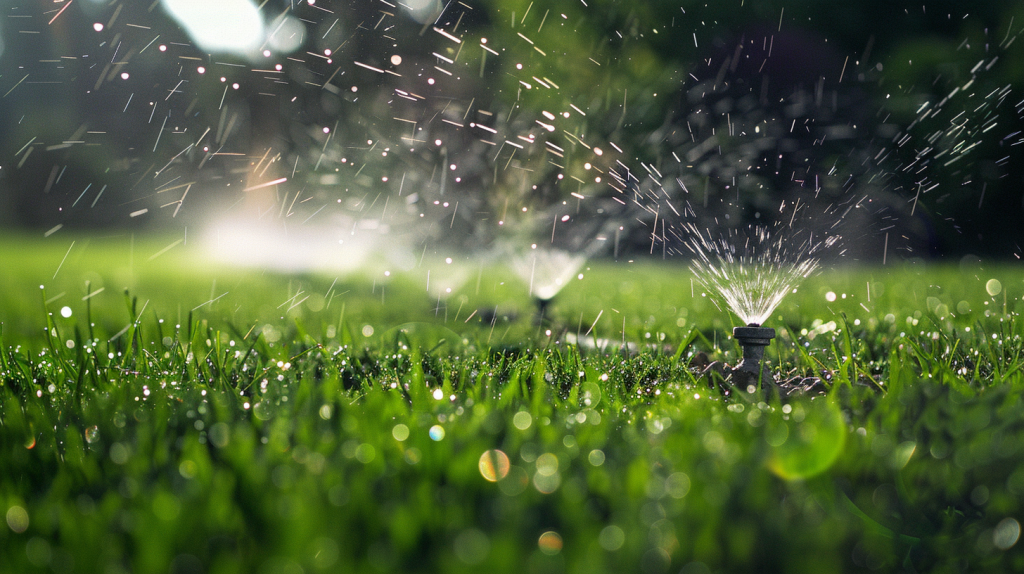Stormwater Attenuation Tanks | 60T Load Capacity
YD StormBreaker60®
Yude Rain Eco’s StormBreaker60® is currently the highest load-capacity geocellular underground rainwater storage module designed for efficient stormwater attenuation, soakaway, infiltration, retention, detention, drainage, or reuse. With a 60-ton load capacity, it is the top option in the range, surpassing the 32t and 45t models ( load capacity is customizable to meet specific project needs) . Ideal for high-demand environments such as heavy-traffic parking lots, main roadways, or commercial facilities, the StormBreaker60® ensures superior performance in managing stormwater where heavy load-bearing capabilities are essential.
Whether used as a standalone solution or integrated into a Sustainable Drainage System (SuDS), StormBreaker60® offers a robust, space-efficient design that guarantees optimal performance across a wide range of building applications. It provides a reliable and safe solution for managing surface rainwater in medium to heavy load environments.
Key benefits
60-ton Load Capacity:
YD StormBreaker60® module can withstand up to 60 tons of weight, making it ideal for heavy-duty applications such as large parking lots, high-traffic roads, and infrastructure projects.Durable PP Material:
Made from high-strength polypropylene (PP), the module ensures superior durability and longevity, even in harsh environmental conditions.Superior Pressure Resistance:
It offers excellent resistance to compression and impact, ensuring the module maintains its integrity and performance under extreme pressure.Efficient Space Utilization:
Despite its high load capacity, the compact design allows for efficient use of installation space, ideal for both urban and rural settings.Effective Stormwater Management:
The 60t module optimizes rainwater collection, reducing runoff and minimizing the risk of flooding, making it perfect for large-scale stormwater systems.Environmental Sustainability:
By efficiently storing rainwater, the module promotes sustainable water usage, helping reduce the strain on natural water resources.Easy Installation and Maintenance:
Designed for quick and simple installation with minimal ongoing maintenance, reducing operational costs and improving long-term system performance.

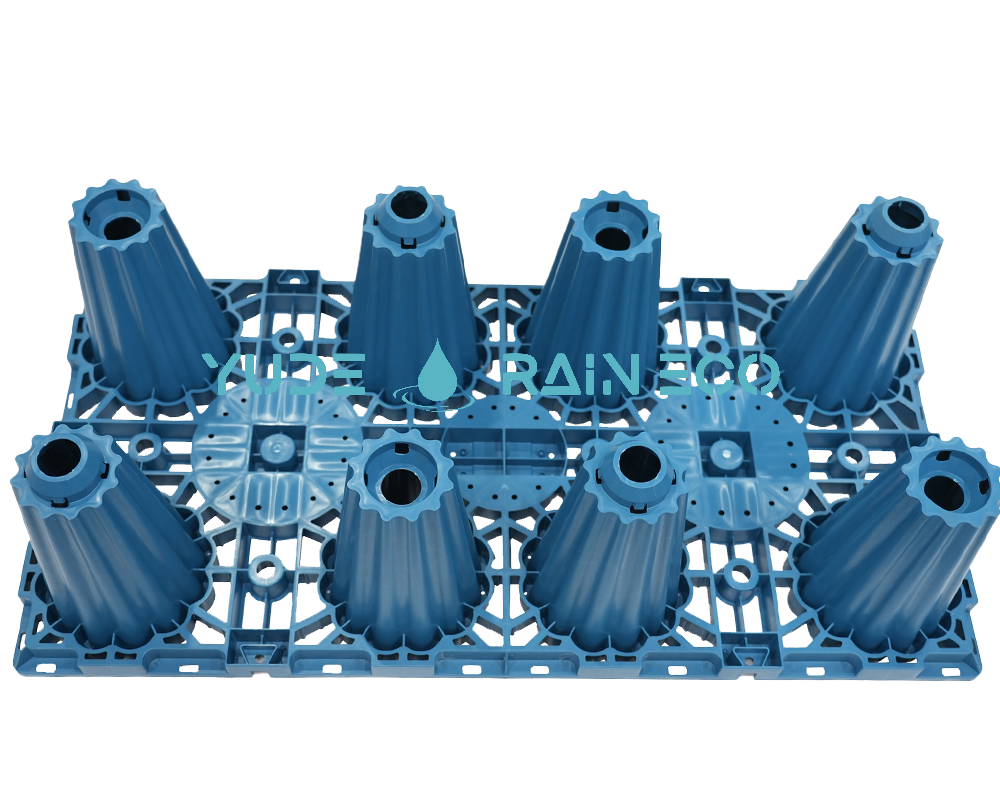
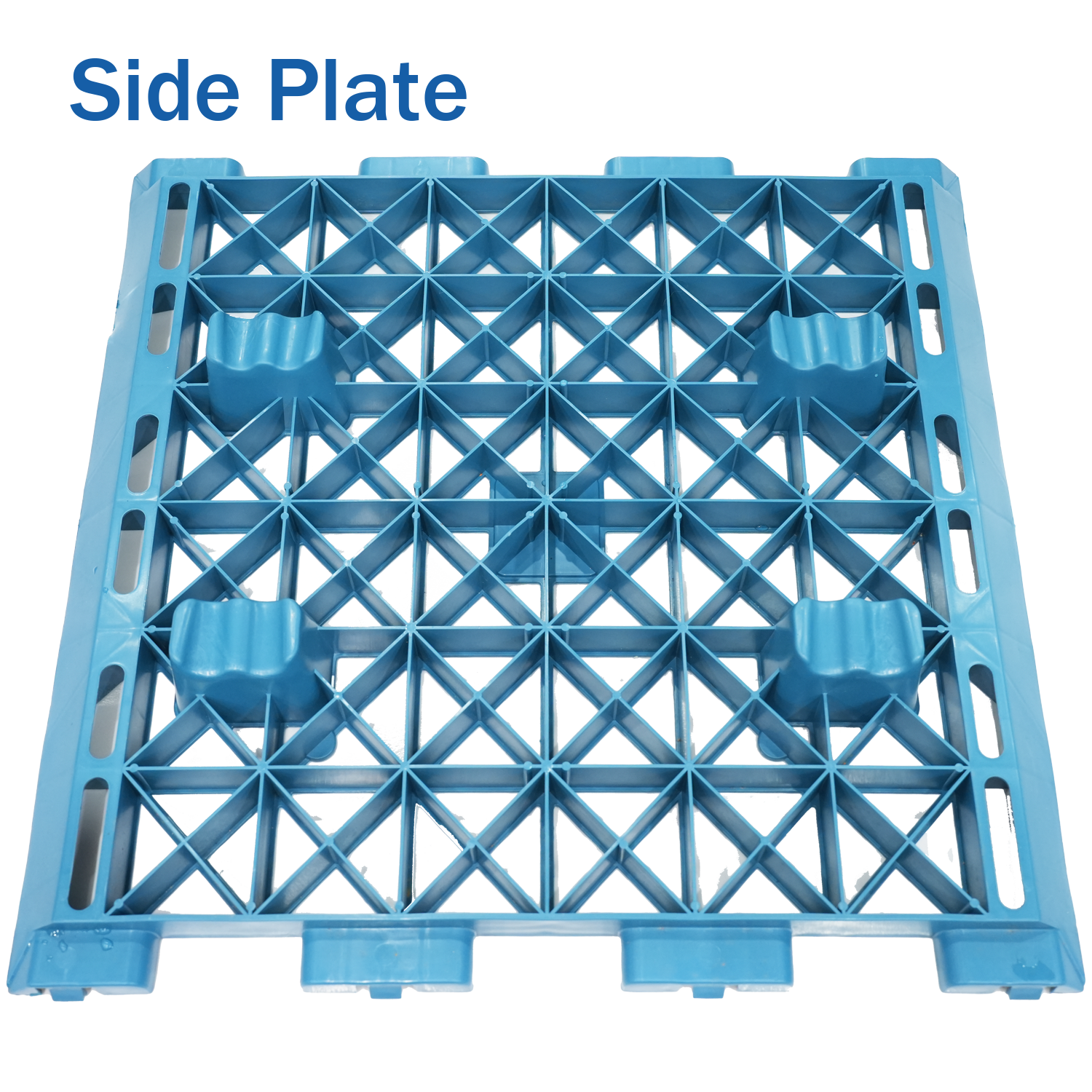
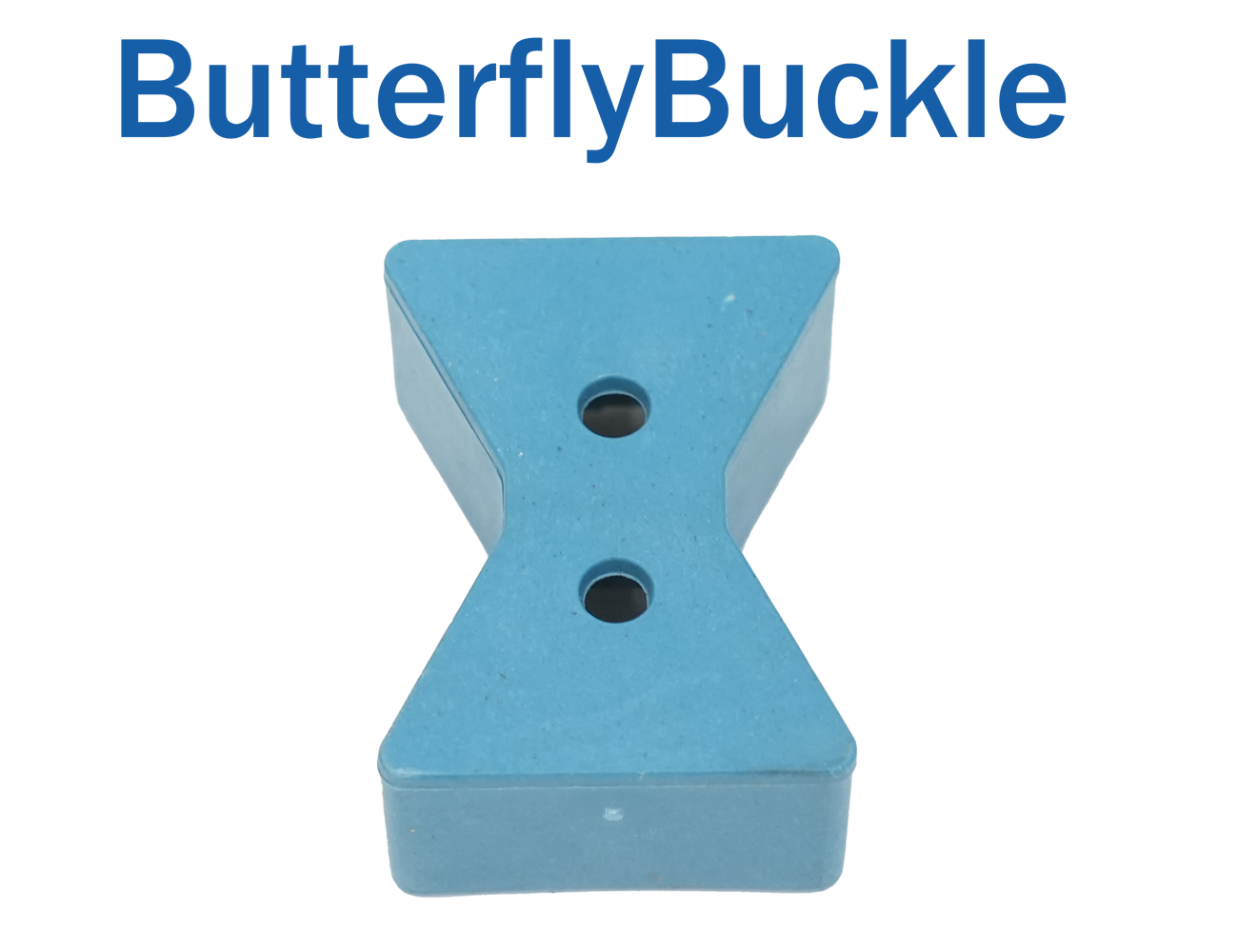
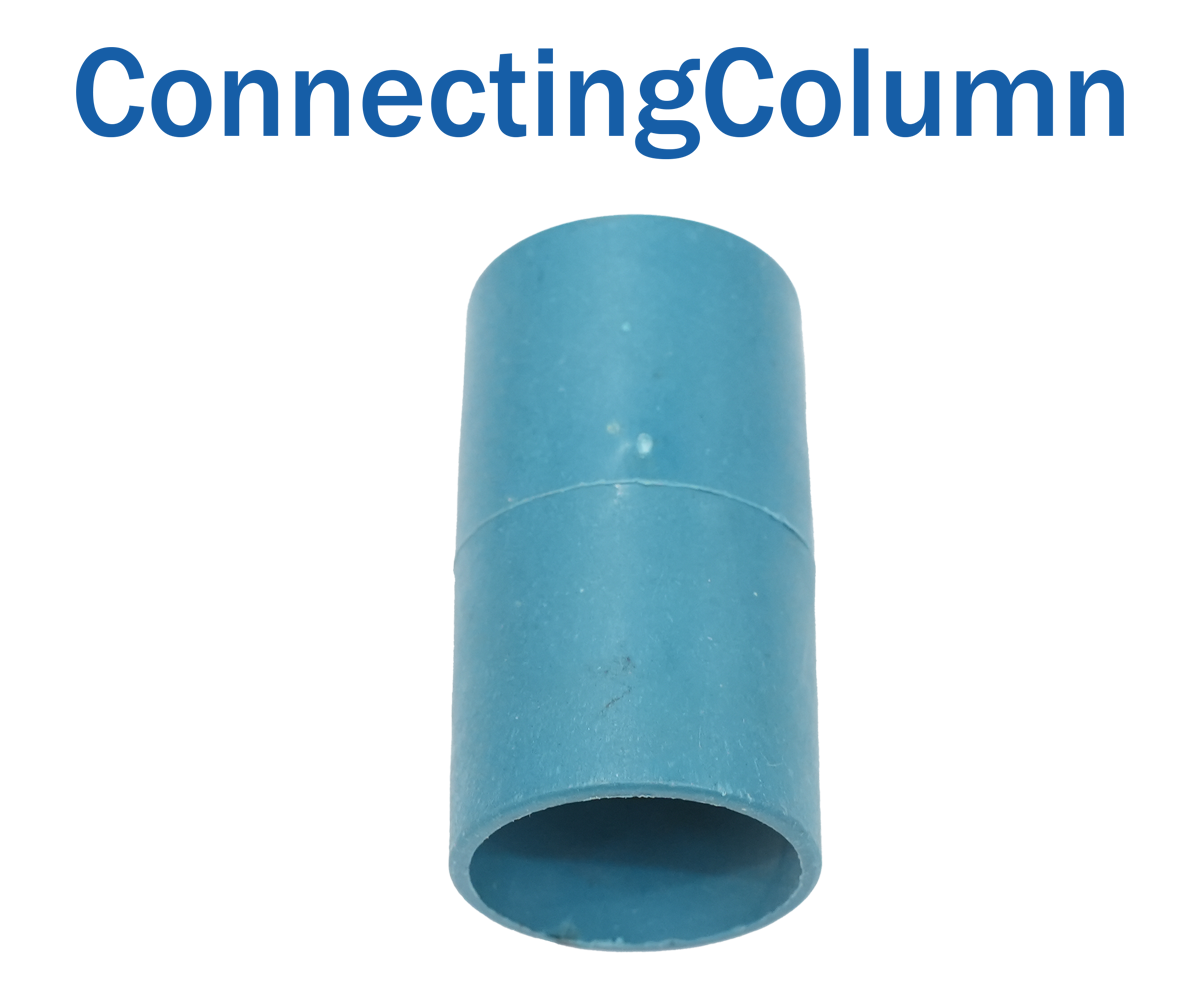



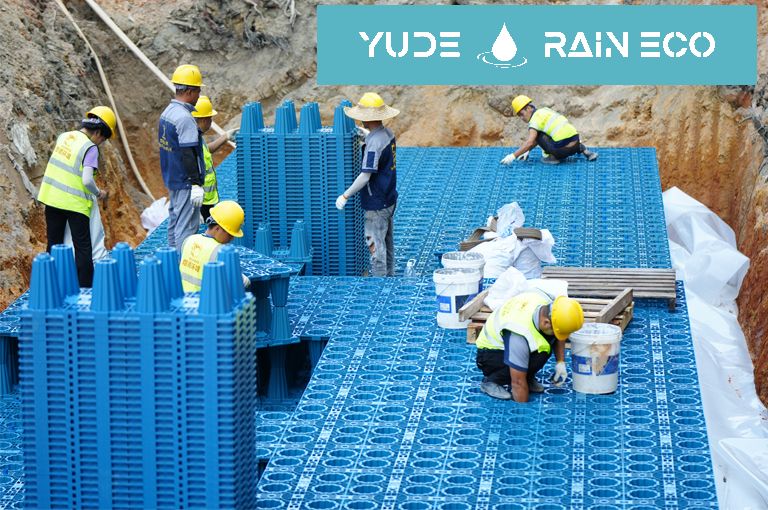
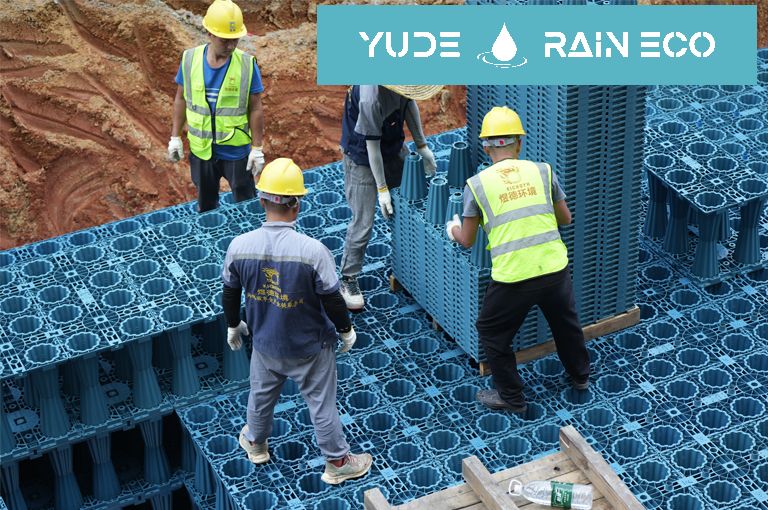
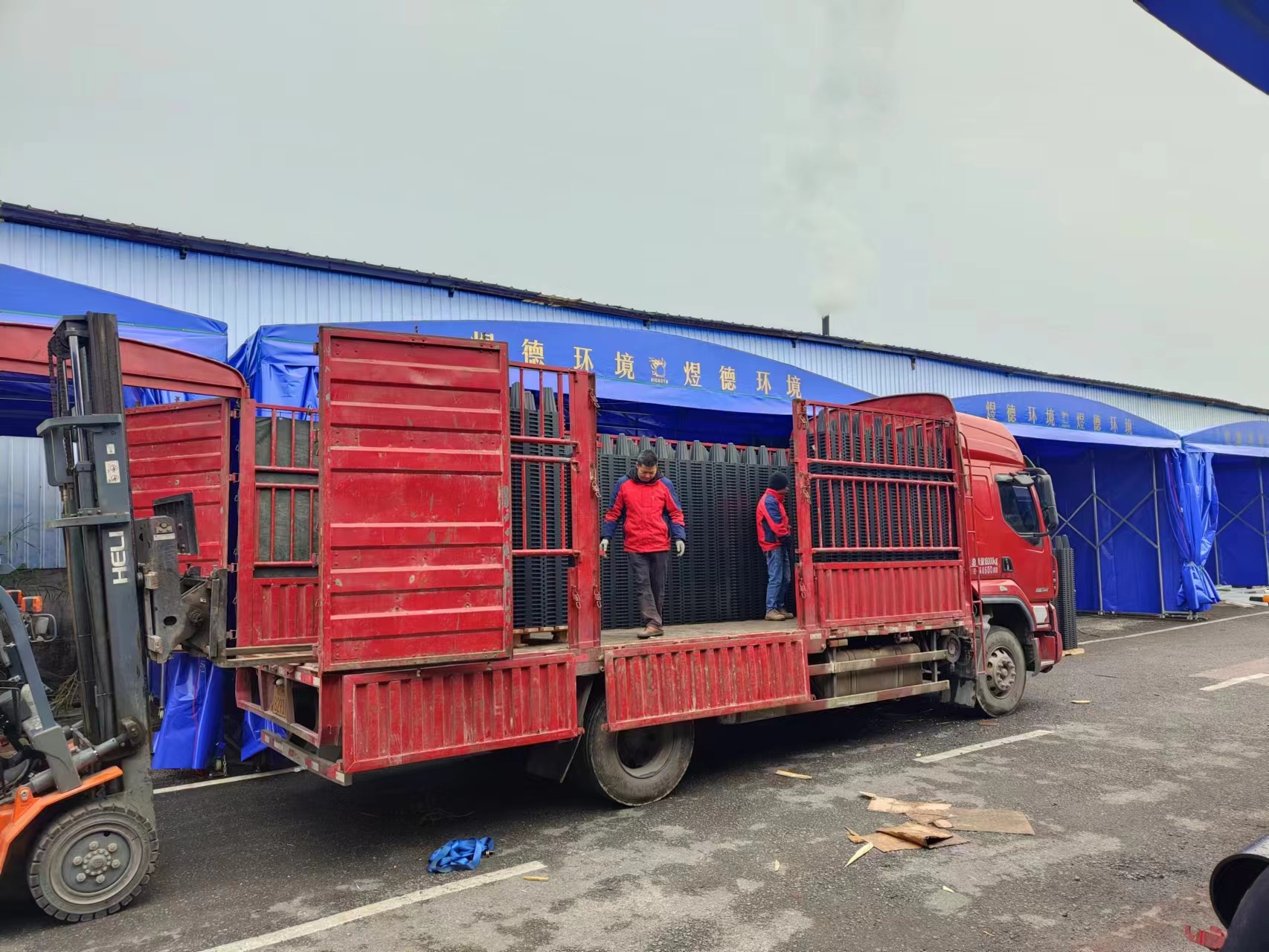
Product Name:YD StormBreaker60®
Product Size:1000*500*552(mm)/Unit
Material: Polypropylene
Product Color: Blue
Product weight: 11.12kg/Unit 4 unit/m³
Load capacity: 1m³/Unit 60 Tons/㎡ (customizable)
Where are The 60T Load Capacity Required?
Heavy-Traffic Parking Lots
For commercial and large retail centers.Main Roads & Highways
In areas with constant vehicle movement.Large Industrial Zones
For warehouses, factories, and distribution centers.Airport Runways & Taxiways
Areas with extremely heavy vehicle traffic.Logistics Hubs
For transport terminals and distribution hubs.High-Traffic Public Spaces
Such as bus terminals or transportation stations.Large Commercial Facilities
For shopping malls and corporate office parks.
YD StormBreaker60® is ideal for areas with heavy vehicular traffic and large-scale infrastructure.
If unsure of your project needs, contact Yude Rain Eco’s expert services. We here for help always.
Product Specifications
Product Name & Specifications | Application Area | Advantages & Benefits | Maintenance Recommendations |
Product Name: YD StormBreaker60® | Airport Runways & Aircraft Parking | Maximum Load Capacity: Can handle extremely high stress from heavy aircraft and ground vehicles. | Check for Structural Integrity: Inspect for cracks or wear due to heavy loads and ensure no structural damage. |
Product Size: 1000mm * 500mm * 500mm/unit | High-Traffic Urban Infrastructure | Superior Durability: Designed for the most demanding environments, capable of withstanding the heaviest loads. | Routine Structural Checks: Regularly monitor for any structural issues, particularly under heavy load conditions. |
Material: Polypropylene | Heavy-Duty Industrial Sites | Extreme Load Resilience: Provides unparalleled resilience for high-load environments. | Prevent Compaction: Ensure the surrounding soil remains uncompressed for effective water flow. |
Color: Blue (Customizable) | Cargo & Transport Hubs | High Storage Efficiency: Up to 95% storage capacity, providing excellent stormwater retention. | Monitor for Erosion: Ensure proper alignment and monitor for erosion around the system. |
Weight: 11.12kg/unit | Roadways with Heavy Traffic | Eco-friendly: Fully recyclable material supports sustainable water management. | Check for Water Flow: Ensure no blockages are present in the drainage system, particularly during heavy rain. |
Load Capacity: 60T per m² (Customizable) | Heavy Commercial & Manufacturing Zones | Exceptional Load Bearing: Withstands the heaviest loads, ensuring reliability in commercial hubs. | Inspect Backfill: Ensure the backfill material doesn’t become compacted and restrict water flow. |
|
|
| Routine Inspection Quarterly: Check for debris or compaction and ensure proper functionality. Prevent Compaction Annually: Ensure that backfill material remains uncompacted to allow proper drainage.
|
|
|
| Surface Wear Inspection Semi-Annually: Check for erosion around the surrounding soil and backfill material. Blockage Check After Heavy Rain: Ensure that water flows freely through the system by checking for blockages in the inlet/outlet areas. |
Installation steps
1. Site Preparation
Survey the Site: Conduct a site survey to assess the conditions (e.g., soil type, water table, traffic load) and determine the optimal installation location.
Excavation: Excavate the ground to the required depth and size to accommodate the modules. The trench should be wide enough to allow for proper installation and water flow.
Level the Base: Ensure the base of the trench is level and compacted to provide a stable foundation for the modules.
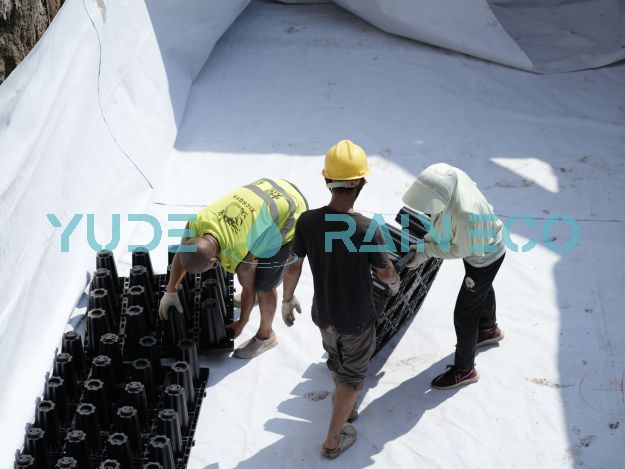
2. Foundation and Bedding Layer
- Install Bedding Material: Lay a bedding layer (usually crushed stone or gravel) at the bottom of the trench. This ensures proper drainage and provides support for the modules.
- Compact the Bedding: Compact the bedding material to create a firm base for the modules, ensuring a stable, uniform surface.
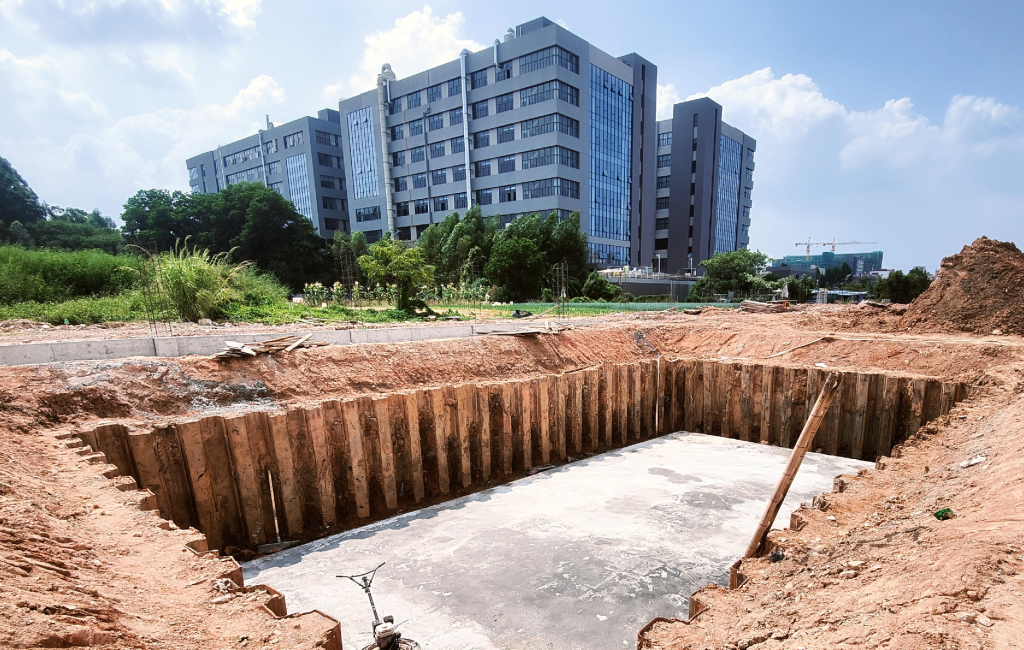
3. Stormwater Attenuation Tanks Placement
- Position Attenuation Tanks: Carefully place the YD StormBreaker32® attenuation tanks into the trench. Ensure that the tanks are aligned properly and the connectors (if applicable) are facing the correct direction.
- Stacking (if applicable): If stacking is required, ensure that the rainwater attenuation tanks are stacked in a stable and secure manner, following the Yude Rain Eco’s guidelines.

4. Stormwater Attenuation Tanks Connection
- Connect Stormwater Attenuation Tanks: Depending on the system design, connect the Stormwater Attenuation Tanks using interlocking mechanisms or connectors to ensure the system is secure and watertight.
- Connect to Drainage System: Link the Stormwater Attenuation Tanks to the surrounding stormwater drainage system, ensuring proper inlet and outlet connections for water flow.
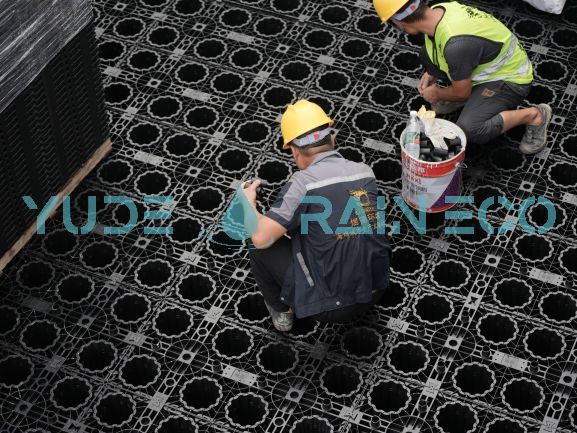
5. Backfilling
- Backfill Around Tanks: Once the tanks are in place and connected, backfill the trench with appropriate material (e.g., gravel or sand) around the tanks. Avoid using materials that could cause compaction or block water flow.
- Compact the Backfill: Gently compact the backfill to ensure stability without damaging the tanks.
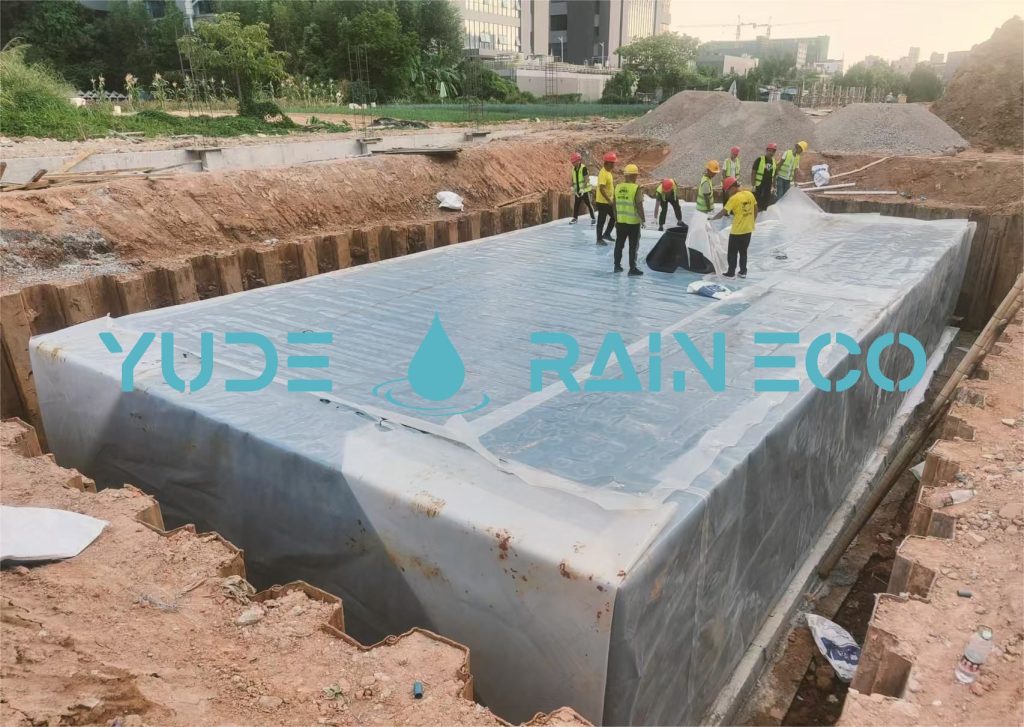
6. Installation of Surface Layer
- Reinforce Surface: Install a surface layer (e.g., asphalt or concrete) above the stormwater attenuation tank system, depending on the application (e.g., road, parking lot, or green space).
- Ensure Proper Drainage: Make sure that the surface layer allows for proper water drainage into the tanks. This is particularly important for areas like roads or parking lots.

7. Final Inspection & System Testing
- Inspect Alignment & Connections: Ensure all tanks are properly aligned, with secure connections and no gaps.
- Test the System: Simulate rainfall or runoff to verify water flows correctly through the tanks, checking for any leaks, blockages, or drainage issues.

8. Maintenance and Monitoring
- Establish Maintenance Schedule: Set up a regular inspection and cleaning schedule to ensure the system continues to function optimally.
- Monitor for Damage or Blockages: Check the system periodically for signs of damage or blockages and address any issues promptly.
Quality Assurance Showcase
Load Capacity Test Report & CE Certificates

CE certificates-YuderainEco-Stormwater Attenuation Tanks_00

YD Stormwater Attenuation Tanks StormBreaker 60T Load Capacity Test Report
FAQ
Stormwater attenuation tanks is a specially designed system used to capture, store, and manage rainwater runoff. It helps to prevent flooding by controlling how water is drained away from urban and industrial areas.
YD StormBreaker60® offers the highest load capacity at 60 tons per square meter, making it ideal for the most demanding applications, such as airports, heavy industrial zones, and large commercial developments.
Routine inspections are recommended every 6 months to ensure the system remains free from blockages and damages. After extreme weather events, the system should be checked for debris and blockages.
Yes, YD StormBreaker60® is made from recyclable polypropylene, making it an environmentally friendly solution for stormwater management. Additionally, it helps mitigate flood risks, protecting natural water sources and reducing runoff pollution.
The installation process is efficient but requires careful planning and preparation. A qualified contractor is recommended to ensure the system is installed properly, especially in areas where heavy loads or complex water management are required.
YD StormBreaker60® is designed primarily for permanent installations due to its durability. However, it can also be used in temporary or short-term stormwater management applications, such as during construction or large-scale events.
Need a stormwater solution that can handle extreme traffic loads?
Contact us now to discuss how YD StormBreaker60® can meet your heavy-duty stormwater management needs!

